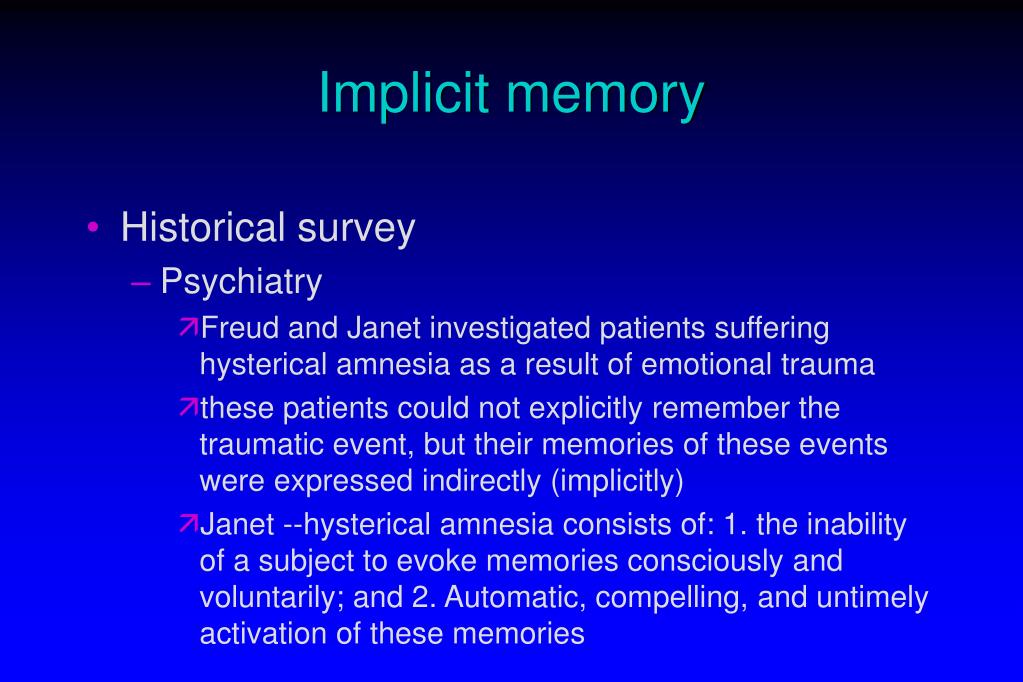
The complete words were presented at study, and the stems were presented at test. The materials were 480 German three-letter word stems and corresponding target words with a mean probability of target completion of 0.40 in the absence of prior study of the target word (A.R.-K., unpublished normative data). The experiment consisted of two parts, each comprising a study phase of 160 trials, and a test phase of 240 trials. Experiment 2 also used fixation periods that permitted neural responses to CRs alone to be contrasted across the intentional and incidental tests, allowing the purest assessment possible of the correlates of retrieval intention ( 11, 18, 23). Experiment 2 compared intentional and incidental tests to assess whether the neural correlates of priming and explicit memory interacted with retrieval intention, and whether retrieval intention and explicit memory for specific episodes engaged similar brain regions. We used these data to guide our imaging contrasts. Prior studies ( 6, 19, 20) suggest that priming is associated with hemodynamic response decreases in occipital (extrastriate), inferior temporal, and prefrontal cortices, perhaps reflecting improved perception and identification processes, whereas explicit memory is associated with response increases in medial temporal, parietal, and prefrontal brain regions ( 21, 22). Our results provide firm evidence that priming and explicit memory are neuroanatomically separable, and that retrieval intention engages brain structures distinct from those involved in both priming and explicit memory.Įxperiment 1 used only an intentional test ( 4, 10) to gain large numbers of primed, remembered, and CR observations.

The approach prescribes a behavioral paradigm that permits this separation ( 4, 8– 11), which we here implemented for functional MRI. Addressing these ambiguities has awaited a theoretical approach ( 8, 12) that distinguishes ( i) implicit and explicit memory for specific episodes from retrieval intention, and, more specifically, ( ii) unintentional implicit memory from unintentional and intentional explicit memory. Moreover, brain activity in intentional tests reflects not only explicit memory for specific episodes but also the general intention to retrieve prior episodes, or retrieval mode ( 14– 18). Brain activity in incidental tests can, however, reflect not only priming but also unintentional conscious remembering of prior episodes (unintentional or involuntary explicit memory) ( 4, 8– 13), and sometimes contamination by intentional retrieval of prior episodes.

These studies have either compared incidental tests (in which participants respond with the first item coming to mind) with intentional tests (in which participants try to retrieve studied items) or have only used incidental tests ( 6). Although there is support for this view ( 3– 7), a separation at the level of functional neuroanatomy has not yet been firmly established, owing to conceptual and methodological ambiguities in prior neuroimaging studies ( 6, 8). Tulving and Schacter ( 2) proposed that priming and explicit memory depend on distinct neural systems. They have critical implications for theories of memory and consciousness, which often equate consciousness with control. Our results provide firm evidence that implicit and explicit memory have distinct functional neuroanatomies, and that strategic control of retrieval engages brain structures distinct from those involved in both implicit and explicit memory. Retrieval intention did not change these patterns but was associated with activity in right prefrontal cortex. Priming was associated with hemodynamic decreases in left fusiform gyrus and bilateral frontal and occipital brain regions explicit memory was associated with bilateral parietal and temporal and left frontal increases.

During both tests, explicit memory was separated from priming in the absence of explicit memory. Participants completed cues with words from a prior list (intentional test) or with the first words that came to mind (incidental test). We used event-related functional MRI to study awareness of prior episodes during memory retrieval and its relationship to the intention to retrieve memories.


 0 kommentar(er)
0 kommentar(er)
